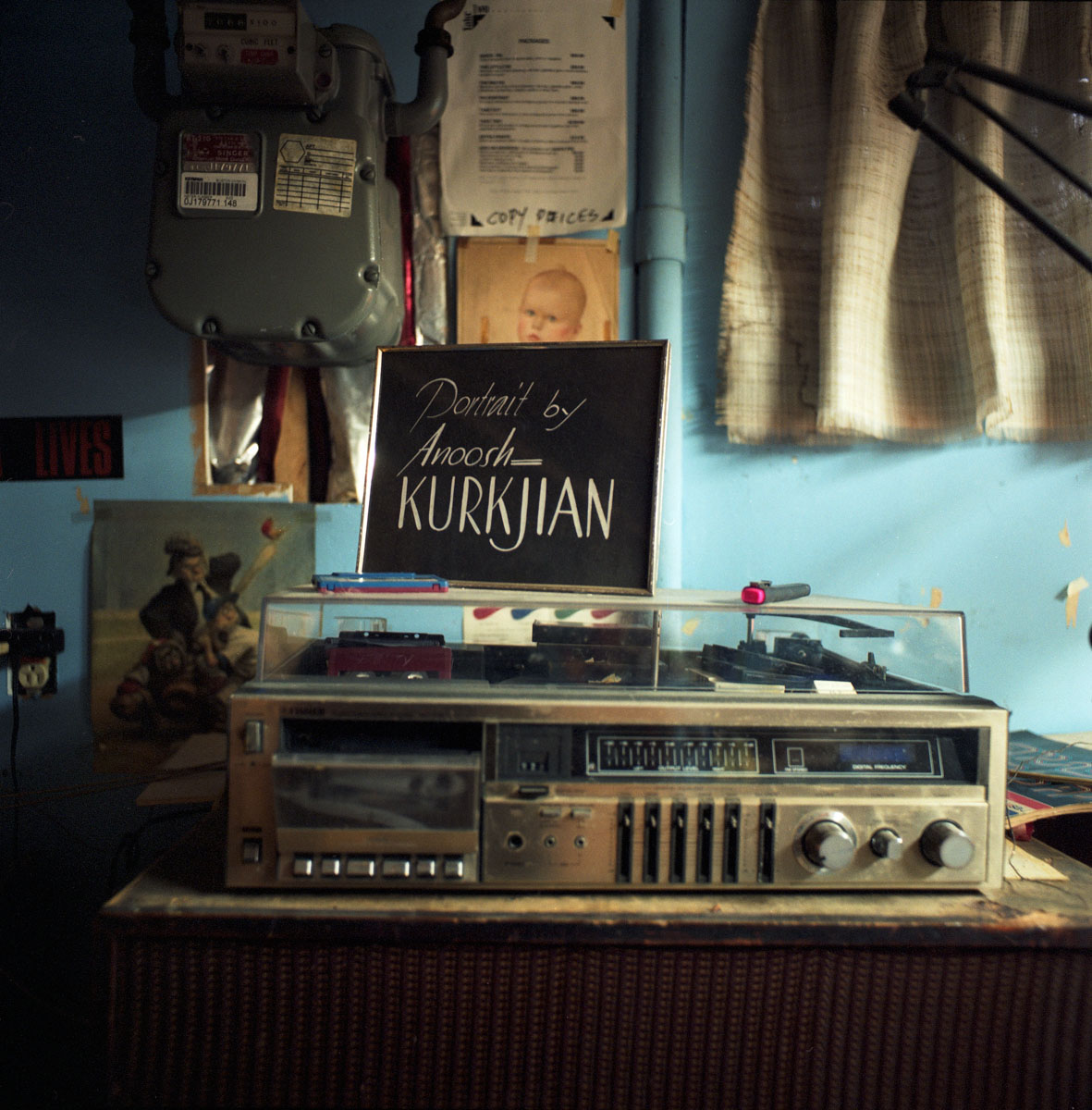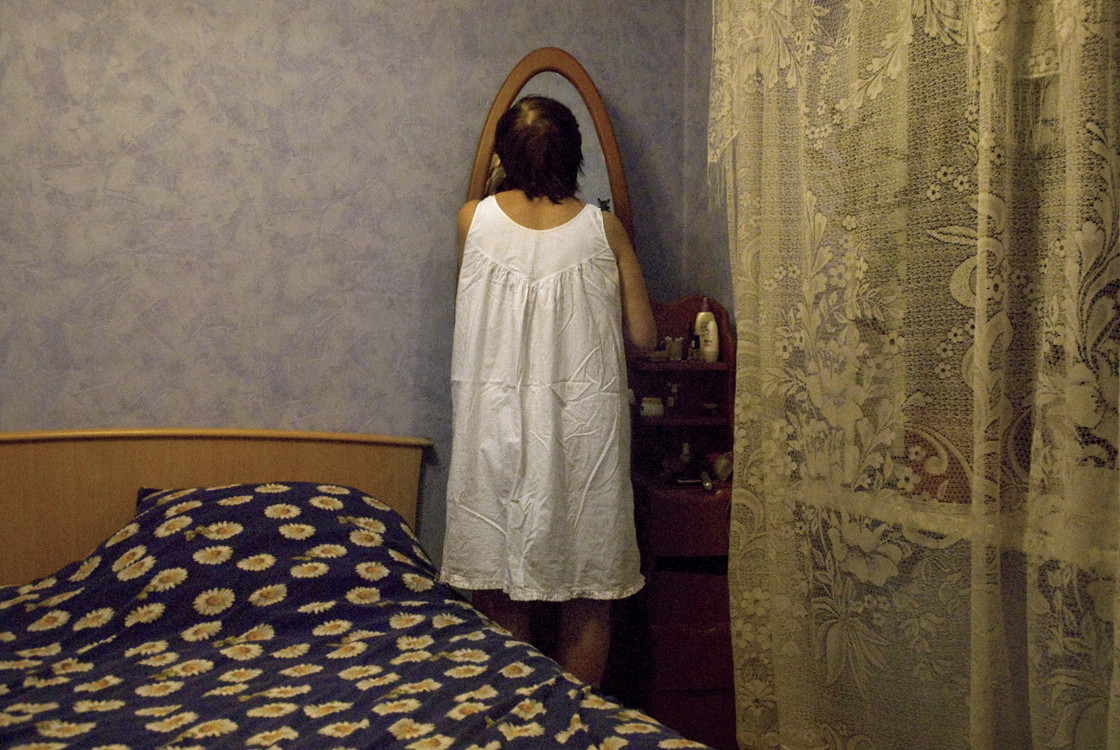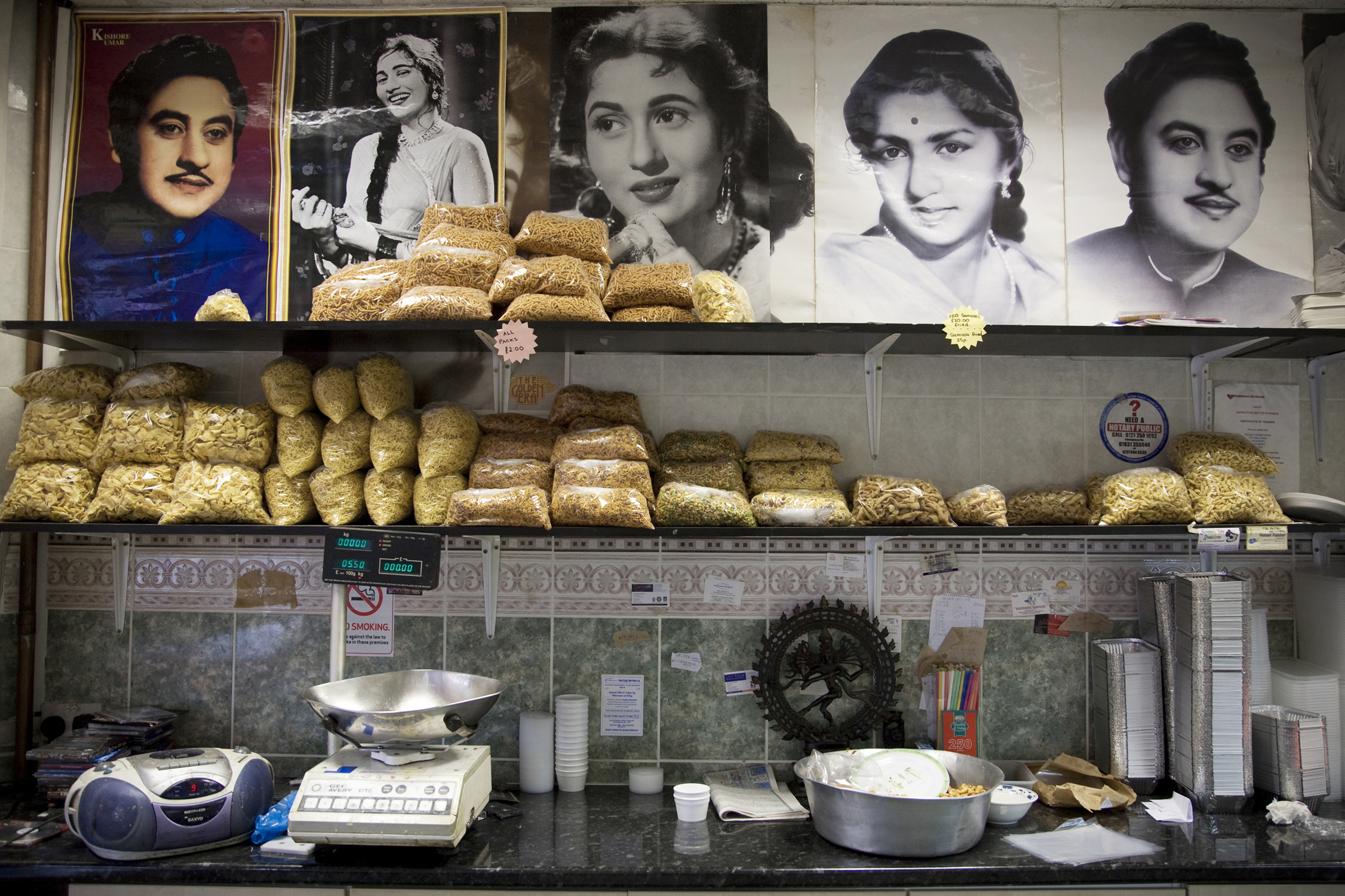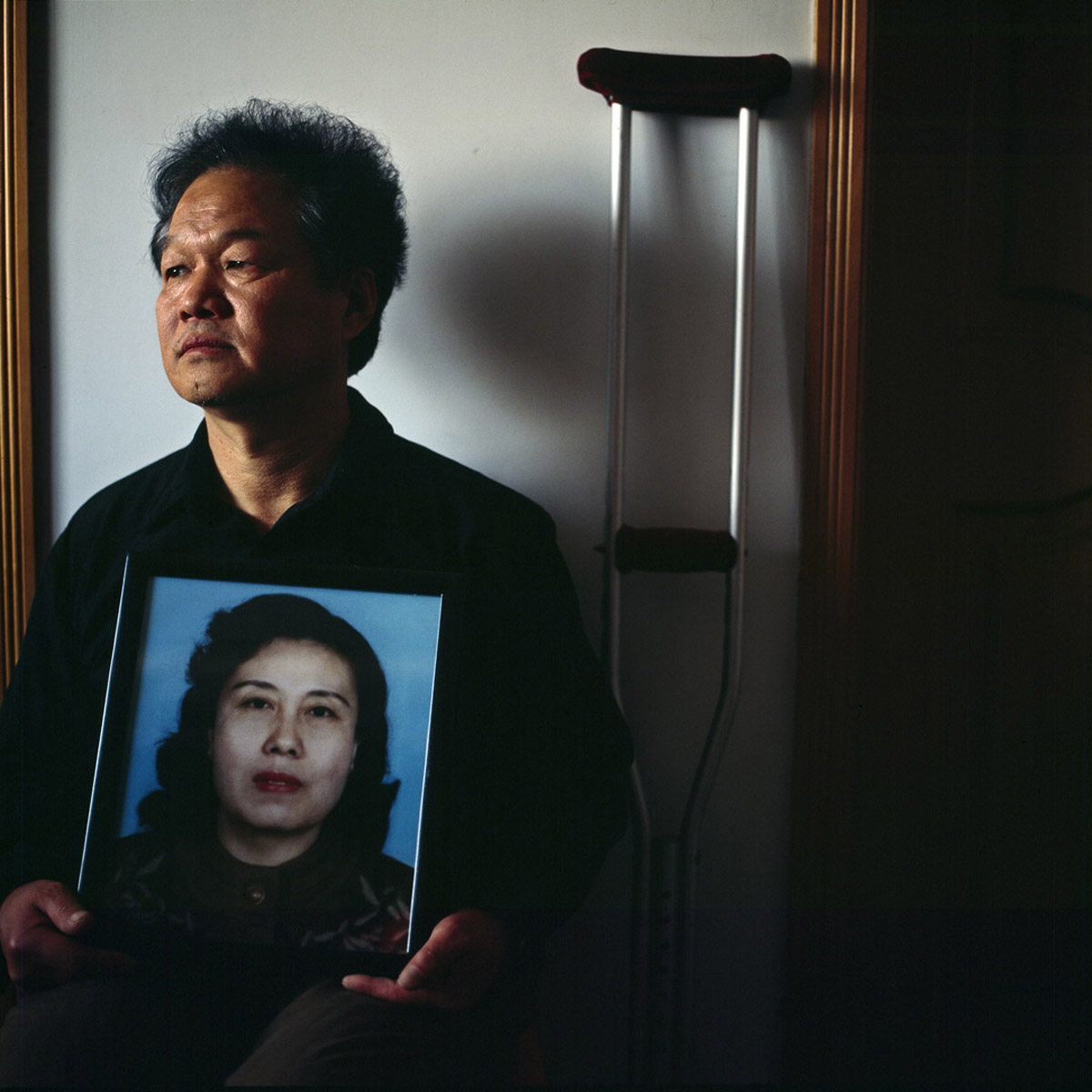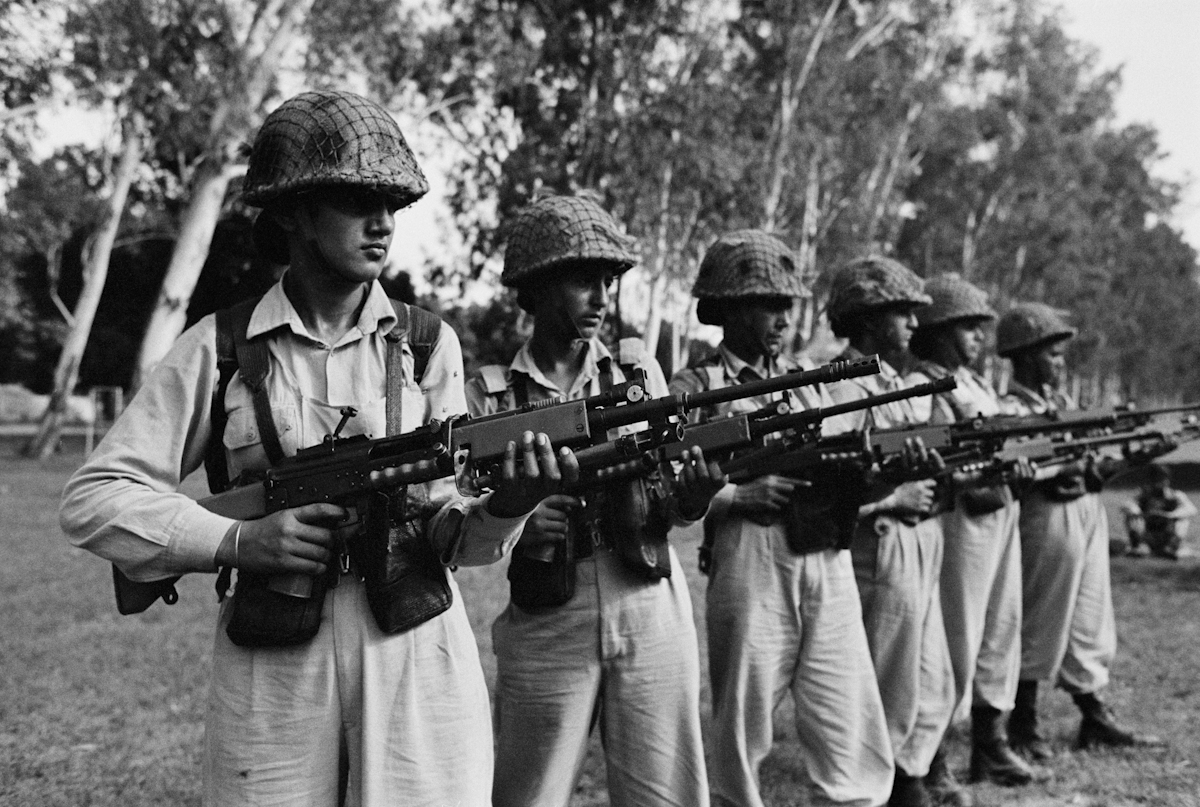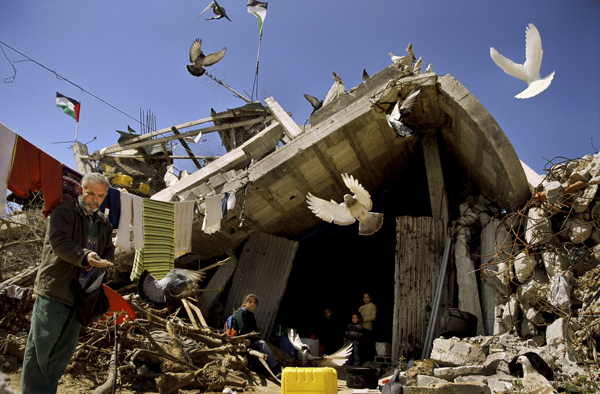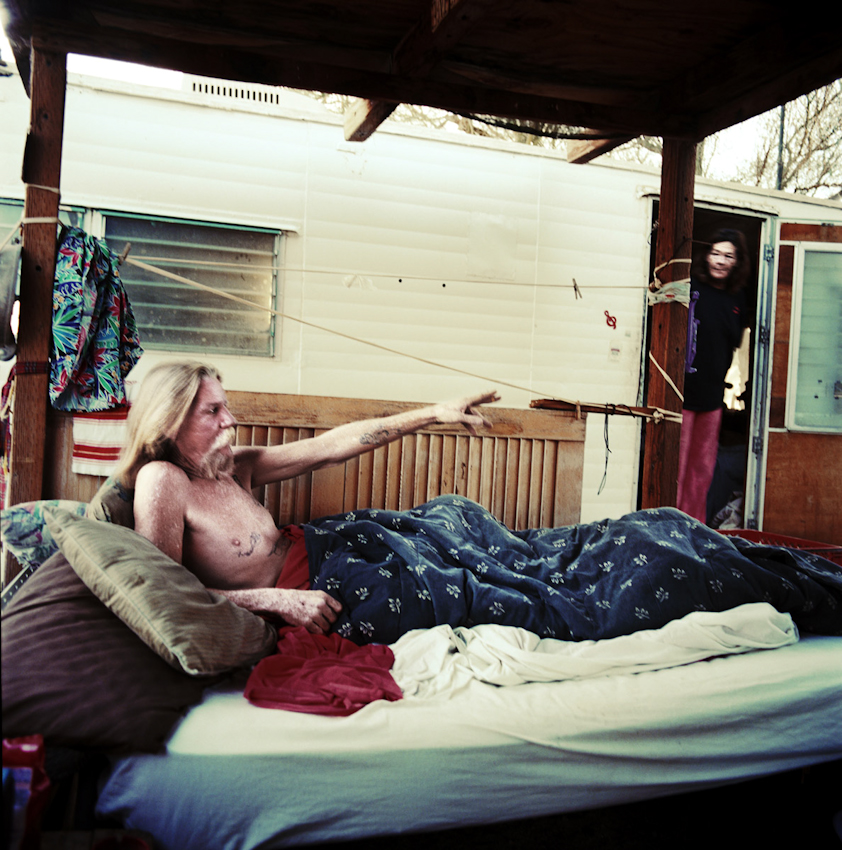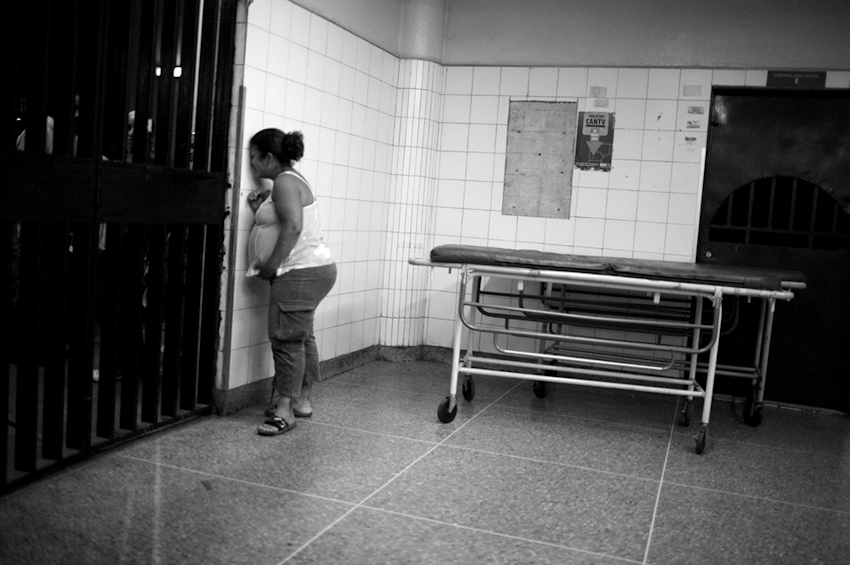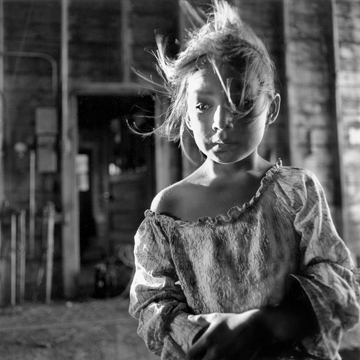Rachel Loischild (USA): Estate Sale
Gallery offline – updating soon
Estate Sale is an investigation of the estate sales of New England documenting the objects and domestic spaces that remain when someone dies. Estate Sales becomes a collection of environmental portraits that tell a story about individual lives, families, and an entire generation which is quickly evaporating. Details of ones life are laid out and exposed, allowing for the examination of the physical relics of someone’s life. This work examines these domestic spaces that have been very clearly shaped by women. In doing so, I am both creating portraits of these women and examining the cultural nuances to which they subscribed, as well as comparing them to our own schema today. This can be seen in the pieces of cosmetics remaining on a dressing table and the ornamentation of a house; even the choice of wall paper reflects such subtleties. Continue reading Rachel Loischild: Estate Sale

